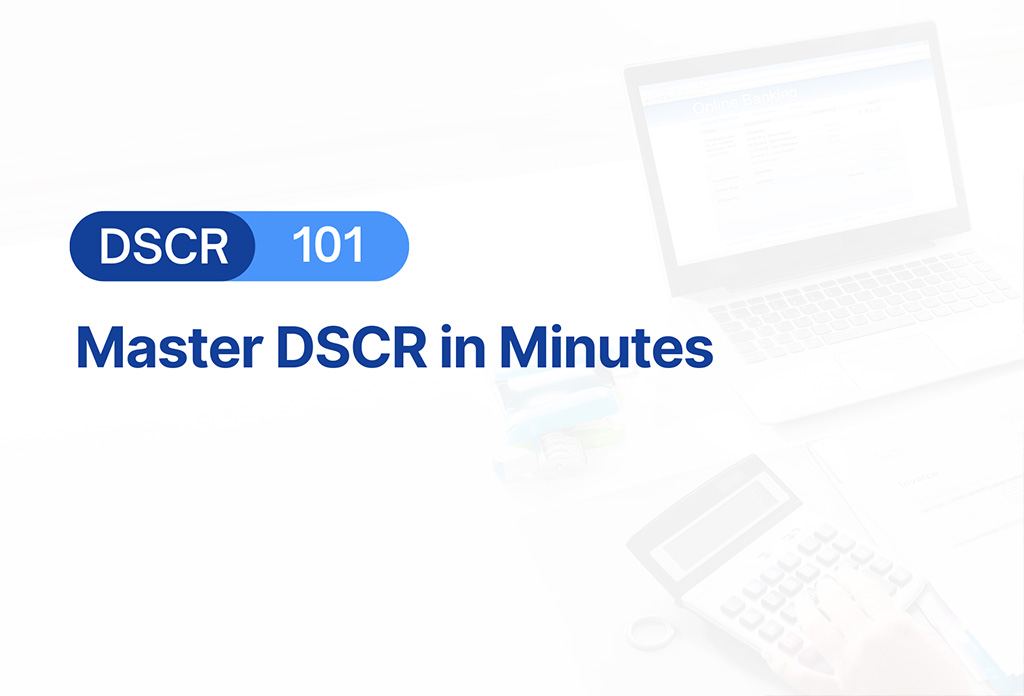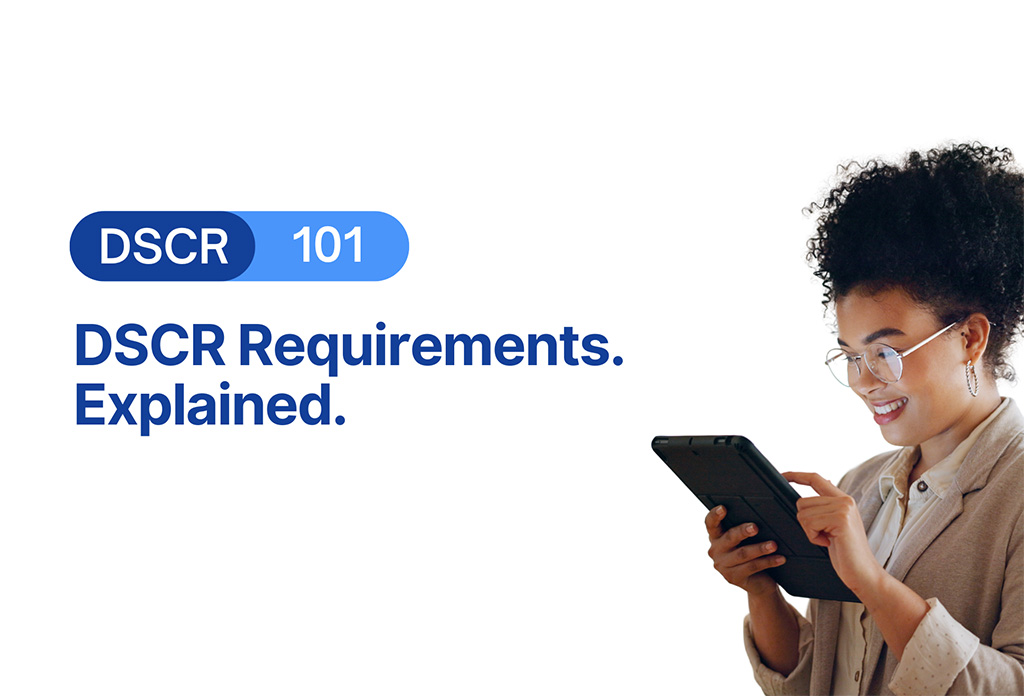You’ve probably worked with clients who have plenty of income coming in, but when it’s time to apply for financing, the numbers on their tax returns tell a completely different story. That’s where a bank statement loan can make all the difference, and where knowing the requirements can turn you into the mortgage broker who gets more deals closed.
This isn’t about memorizing guidelines. It’s about understanding what lenders look for, how to prepare your clients, and what separates an easy approval from a drawn-out one.
1. The Ideal Bank Statement Borrower
These non-QM loans were built for people whose income isn’t W-2 simple. Think self-employed professionals, small business owners, consultants, or real estate investors with multiple revenue streams.
They might have strong cash flow every month, but heavy write-offs that shrink their taxable income. Traditional loan programs see that as a problem. Non-QM lenders see an opportunity - as long as the income can be proven through bank statements.
Your role as a loan officer is to help these clients organize and present that cash flow in a way that underwriters can clearly understand.
2. Bank Statement Loan Requirements
Everything starts with the bank statements. Lenders will want 12 or 24 consecutive months of complete bank statements without any missing pages or gaps.
Borrowers can use:
- Business accounts (for corporations, partnerships, or LLCs)
- Personal accounts (for sole proprietors or 1099 contractors)
Consistency matters more than size. A borrower showing steady deposits month after month looks far stronger than someone with a few large, random inflows.
As a mortgage broker, it’s smart to review statements early. Catch unclear deposits or overlapping accounts before underwriting does. It saves time, protects your credibility, and makes the borrower’s story easy to follow.
3. How Lenders Calculate Income
Once the statements are in, lenders calculate qualifying income using deposit averages. Here’s the basic idea: they total all eligible deposits and then apply an expense ratio to account for business costs.
That ratio, also called an expense factor, usually falls between 10% and 50% depending on the type of business. Service-based businesses might qualify for a lower percentage, while product-heavy operations usually get a higher one.
If your client can provide a CPA letter verifying actual expenses, they might qualify for a more favorable adjustment. That one step alone can increase qualifying income significantly.
4. Credit Score and History
Even though income documentation is flexible, credit still plays a big role. Most bank statement loan programs look for a minimum score between 620 and 680,but stronger credit often leads to lower down payments and better rates.
Underwriters pay close attention to payment history. Late payments, high utilization, or recent charge-offs don’t automatically end a deal, but they do require explanation. A short, honest letter about what happened and how it’s been resolved can go a long way.
Encourage your clients to pull their reports early, clean up errors, and pay down revolving debt before applying. Those small moves can make the difference between “maybe” and “yes.”
5. Reserve Requirements
Because these non-QM loans allow alternative income documentation, lenders often want to see extra liquidity. Expect a reserve requirement of 3 to 12 months, depending on credit score, LTV, and loan size.
Reserves can come from checking or savings accounts, investment portfolios, or retirement funds, as long as they’re verifiable and accessible.
Explain to borrowers that reserves don’t just protect the lender; they show financial stability. Investors especially appreciate it when you frame it as a way to strengthen their overall profile.
6. Loan-to-Value Ratios (LTV)
Bank statement loans usually offer generous but balanced LTV options. Here’s what’s common across most programs:
- Up to 90% LTV for primary residences
- Up to 85% LTV for second homes
- Up to 80% LTV for investment properties
Keep in mind that the stronger the file, meaning solid credit, steady income, and healthy reserves, the more flexibility you’ll have on these numbers. Weakness in one area often needs strength in another.
7. Property Types That Qualify
Another advantage of bank statement loan programs is their flexibility. Borrowers can use bank statement loans to buy or refinance:
- Single-family homes
- Townhomes or condos (including some non-warrantable)
- 2–4 unit properties
- Second homes or vacation properties
- Light mixed-use in some cases
Always verify property eligibility early. Some lenders have unique requirements for condo associations or property condition, so catching that upfront keeps deals from stalling later.
8. Common Deal Breakers
Even strong borrowers can run into issues if they’re not prepared. Here are a few reasons files get slowed down or denied:
- Missing or incomplete bank statement pages
- Irregular deposits with no clear documentation
- Commingled personal and business funds
- Recent late payments or collections
- Insufficient reserves after closing
These aren’t automatic disqualifiers, but they need to be addressed before submission. A simple cover letter, CPA note, or short written explanation can often resolve them.
9. What Underwriters Want to See
At the end of the day, underwriters want one thing: a believable, consistent story about how the borrower makes and manages money.
They’re not looking for perfection, but they’re looking for patterns. Regular deposits, stable balances, and logical explanations for any fluctuations build confidence.
The strongest files are the ones that anticipate questions before they’re asked. When you hand in a file that connects every dot, you’re not just helping your client; you’re making the underwriter’s job easier. That kind of reputation pays off over time.
10. Broker Tips for Smoother Approvals
You don’t need to be a non-QM expert to standout; you just need to guide clients with clarity. Here’s how the best mortgage brokers approach it:
- Collect early: Ask for 12–24 months of statements right away.
- Pre-screen: Check deposits and make notes on any inconsistencies.
- Educate: Walk clients through how income is calculated so there are no surprises.
- Stay transparent: Submit everything clearly labeled and complete.
- Follow up: Keep clients informed through each stage, as it builds trust fast.
When you take ownership of the process instead of waiting for underwriting to point out issues, you look like the expert clients remember and refer.
11. Turning Requirements into Opportunity
Bank statement loans aren’t just an alternative - they’re a growth tool. They let your clients keep building when conventional lending hits a wall, and they let you serve a rapidly expanding segment of entrepreneurs, investors, and freelancers.
Every file that meets the loan requirements is more than a closed deal. It’s along-term relationship built on trust and understanding. When you know how to navigate these programs, you position yourself as a problem-solving mortgage broker.
Ready to Qualify Your Next Client?
When you can explain exactly what’s needed, from bank statements to reserves, you turn confusion into confidence. And that’s what wins business.
That’s how smart mortgage brokers and loan officers keep deals moving and investors coming back.









.png)
.png)



.png)













.png)
.png)

